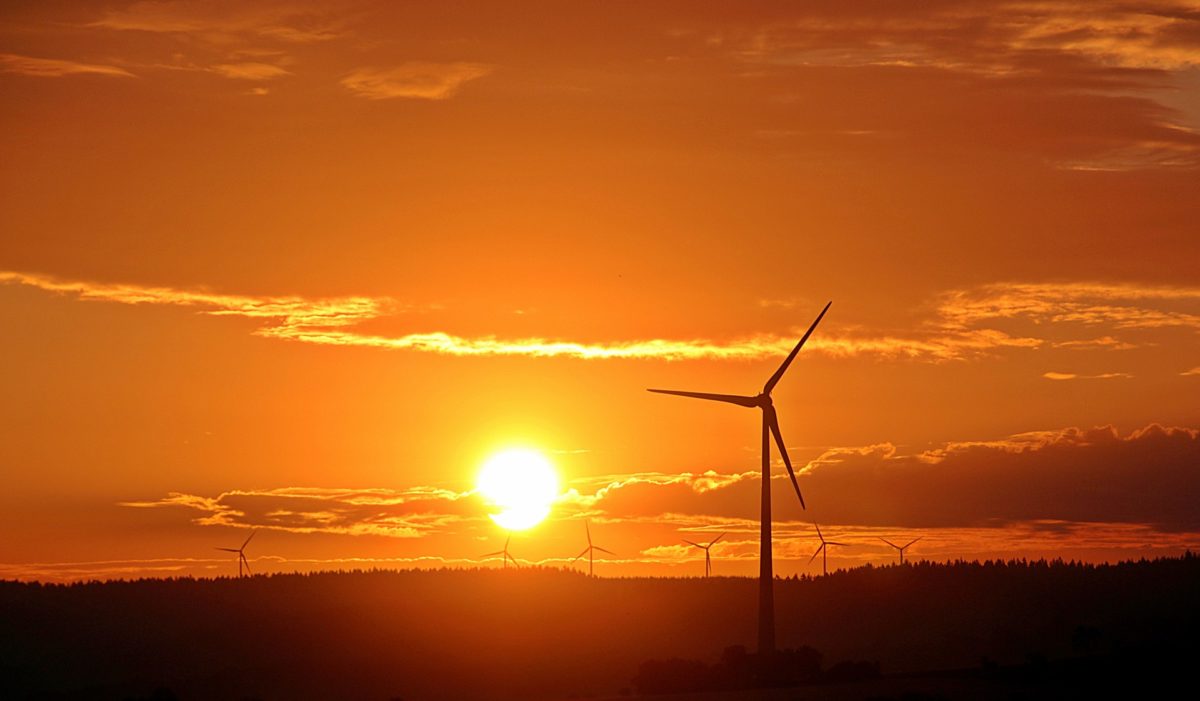A deeper wind and solar power complementarity could drive much wider renewable energy deployment than developing power projects which concentrate on either renewable energy source in isolation.
That was one of the key findings of the Exploiting wind-solar resource complementarity to reduce energy storage need study by the Lappeenranta University of Technology, in Finland. The report – written by professor of solar economy Christian Breyer and his team and published in Aims Energy – stated the wider renewables adoption which could result from an increased complementarity of the two sources might reduce the current need for big advances in energy storage technology that would be required to integrate clean energy into grids.
Solar and wind generation exhibit significant seasonal variability and resource quality from place to place, the researchers stated. For example, wind production peaks in spring in California and Saudi Arabia, and in winter in Finland. “Due to its tendency to show some periodic trend in terms of its daily generation, wind output is very spiky, showing several dips after reaching peak daily output,” stated the paper.
By contrast, solar output can be almost zero from November through February in Finland, while in California and Saudi Arabia it can provide good generation during winter, depending on local weather. The generation comparison between countries, the researchers said, should focus on daytime and seasonal profiles rather than any relative value based on corresponding daily power demand.
The authors of the paper said integrating solar and wind facilities, from a meteorological perspective, could have a smoothing effect on the well-publicized intermittency of their output.
“The smoothing effect is usually measured using correlation tests, with negative correlation being interpreted as the presence of complementarity,” stated the researchers. “Complementarity in this case could be understood as the measure of high degree of VRE [variable renewable energy] output distribution over time, which reduces the number of times over which energy is not generated by the combined wind and solar resource.”
Popular content
The scientists said, although solar and wind complementarity may not solve structural challenges, it could help reduce the need for energy storage and grid enhancement. “When curtailment is allowed, wind-solar complementarity gives a significant advantage by further reducing the storage and balancing capacity required to reach a certain [renewable energy] penetration level [of grids],” the paper noted. “In the presence of storage to arrive at higher penetration, the solar share appears to dominate because of its well-defined periodic output, that allows storing during [the] day and discharging at night.”
The researchers added, wider complementarity between solar and wind generation facilities could reduce the need for ramping – rapid powering up and down of grid-connected power plants – and improve the reliability of energy supply.
Insufficient thought has been paid to the idea of complementary solar and wind generation in power networks, the researchers found, with the paper stating: “Tools that can ease consideration of complementarity during system design have not been found in the literature.”
Returning to the central conclusion of how much such planning could reduce the need for energy storage, the paper stated: “Some studies have already reported a 100% renewable power system without the need for significant storage, through resource complementarity, as compared to those which rely on less diverse resources and need larger storage.”
This content is protected by copyright and may not be reused. If you want to cooperate with us and would like to reuse some of our content, please contact: editors@pv-magazine.com.



3 comments
By submitting this form you agree to pv magazine using your data for the purposes of publishing your comment.
Your personal data will only be disclosed or otherwise transmitted to third parties for the purposes of spam filtering or if this is necessary for technical maintenance of the website. Any other transfer to third parties will not take place unless this is justified on the basis of applicable data protection regulations or if pv magazine is legally obliged to do so.
You may revoke this consent at any time with effect for the future, in which case your personal data will be deleted immediately. Otherwise, your data will be deleted if pv magazine has processed your request or the purpose of data storage is fulfilled.
Further information on data privacy can be found in our Data Protection Policy.